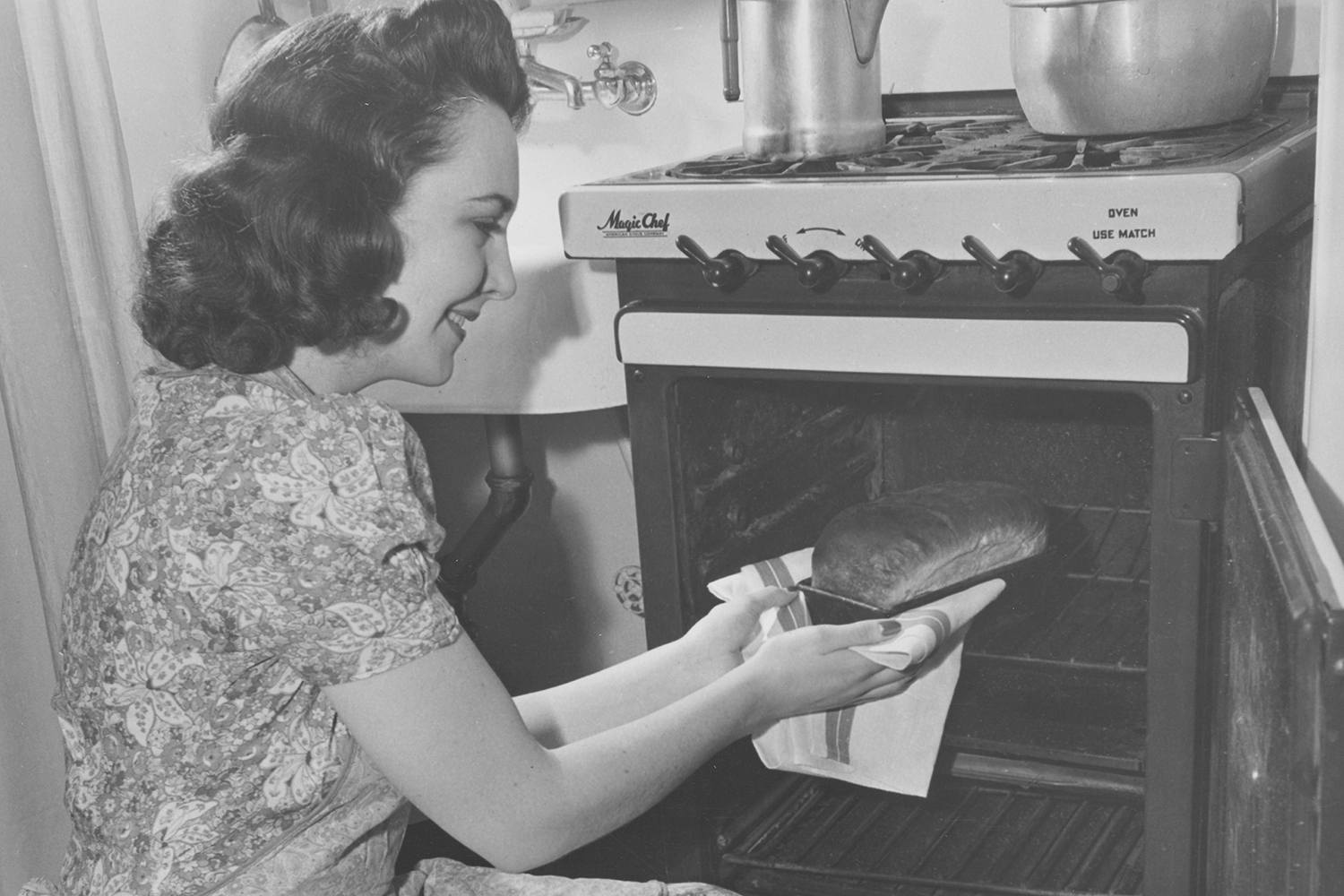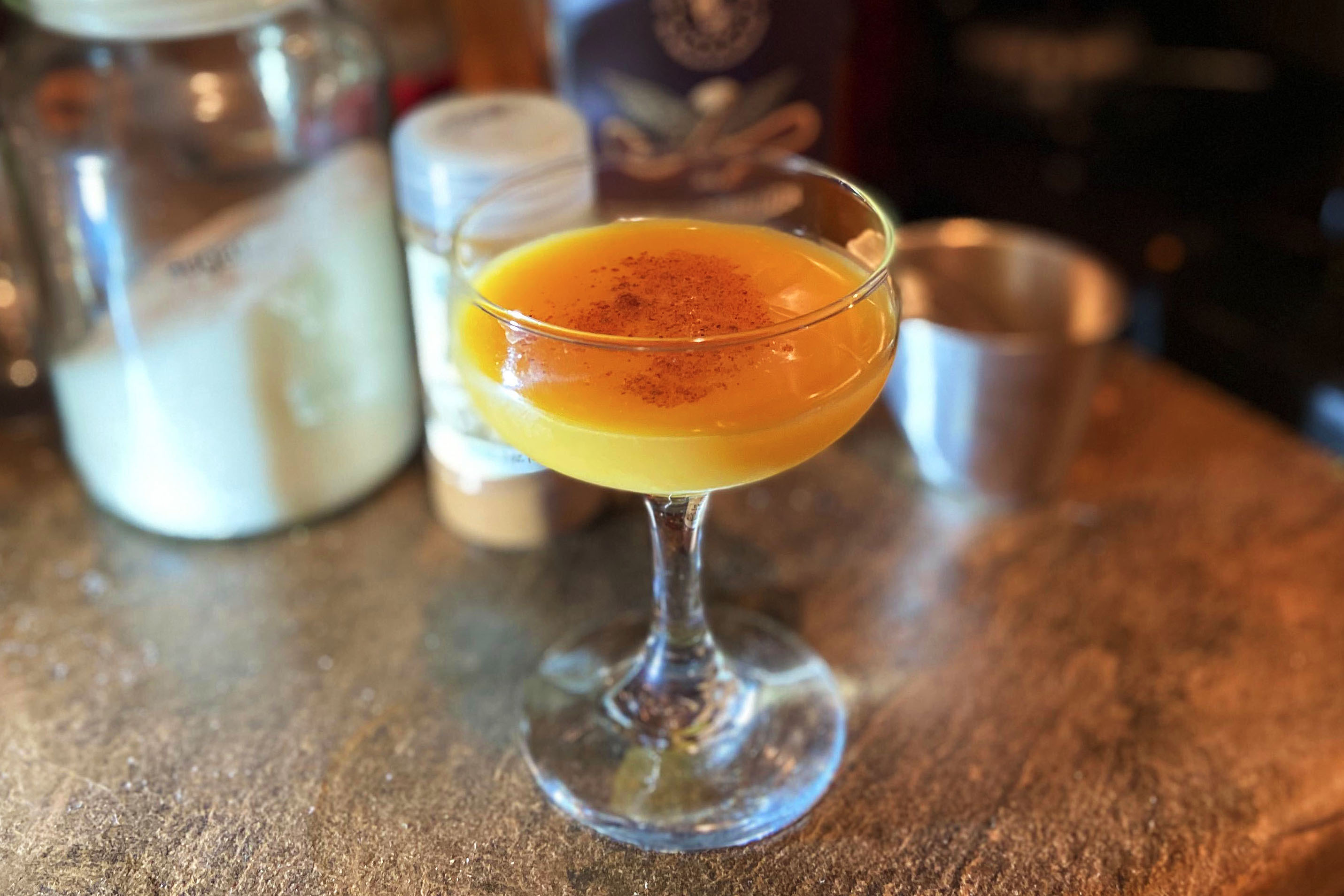It’s odd that Americanized comfort food is so often prescribed. Sure, I love chicken soup, but is it really an anesthetic for the soul?
I’ve also noticed that there tends to be an autumnal aesthetic associated with comfort foods, as if we are all pulling the same fleece around our shoulders in a deciduous climate — just see Bon Appétit’s list of “86 Comfort Foods for Cold Nights, Broken Hearts, and Wednesdays.” Shades of red and brown, stuff your grandmother made when you were growing up. And, yes, that is comforting, and it’s food. I’m definitely not saying things like eggplant parm or pot pie don’t make me happy and maybe a little too comfortable; I just think a plate of nachos (using potato chips because you were out of tortilla chips because now you grocery shop once every two weeks) with melted cheese, hot sauce and whatever else you have left in the cabinet is also comforting as hell. Somebody, although I’m not sure who (Big Comfort, perhaps?), decided to make comfort foods a thing: old-timey, old-world, probably not that healthy. And I get that. I love those kinds of foods. If I could eat latkes with fried chicken whenever I was feeling blue without worrying about my heart exploding, you best believe I would.
But the real definition of comfort food is simpler than that: it’s food that brings us comfort, plain and simple. That is, it’s what brings you comfort. It could very well be a grilled cheese and a bowl of tomato soup or one of those pot pie recipes, but it can also be a Domino’s pizza. Sure, I live in Brooklyn and — in non-lockdown times — can easily get a slice or pie from Di Fara or Lucali, but when I’m feeling like crap, one of the first things that crosses my mind is, “I’d crush a plain thin crust pizza from Domino’s right now. I’d load that sucker up with hot sauce and find my happy place.” Not to get TMI, but when I was 12 and had a dying grandparent lying in a hospice bed, the one source of happiness in my life was the daily pizza we got from the Domino’s across the street. It was hot and comforting. For a half hour during an otherwise awful time in my life, I had pizza, and I was great.
But I can’t get Domino’s right now, because in order to do that, I would wipe down the box with Clorox wipes and wait two days to eat the thing fearing that it could be contaminated. That’s where we’re at, so I’ve had to search for comfort in new spots. I turned to what might be my favorite cookbook: How to Cook a Wolf by M.F.K. Fisher. It is one of the best cookbooks because there’s hardly any fuss. It’s supposed to be easy because it’s food for the hard times. It’s easy, but it’s also brilliant.
“One of the saving graces of the less-monied people of the world has always been, theoretically, that they were forced to eat more unadulterated, less dishonest food than the rich-bitches,” Fisher wrote in the opening chapter to the book, which was first published in 1942, possibly the first time “rich-bitches” was ever used in a book, though I can’t be sure. The book, written for people dealing with food shortages during the Second World War, is about cooking with what you’ve got. It’s one of the great food writers telling you your food doesn’t have to be fussy, but it should bring you comfort during the hard times. The wolf is the terror just outside your home. Inside, you’re supposed to be safe. You’re supposed to be comfortable. You can accomplish those things by being smart and thrifty about what you have to eat, and it really doesn’t have to suck. You can enjoy yourself with what you have. That’s comfort.
While I initially thought about trying to pull off some sort of Julie & Julia project in quarantine by cooking every one of Fisher’s recipes, I remembered there were recipes calling for things like pigeons and rabbits, and unless I want to try my luck with a homemade slingshot in the public park across the street, I’m probably not going to have either of those in my kitchen anytime soon. So I made a decision: eggs. I’ll make all the egg dishes in the book.
I know. There are like six million tutorials on how to make “perfect” eggs on the internet. Can’t I make nice, fluffy scrambled ones, or a perfect pair of sunny-side-up huevos? Yeah, sure. I can do that. But it’s nice to have a project, to read up on one kind of food, to get involved in the story that Fisher was so good at spinning, and go with that.
Eggs have been pretty easy to keep stocked. As Fisher points, “Hens, as long as they can find enough to eat, go right along at their chosen profession whether the country is at war or not.” And sure enough, while we’re at war with a virus, the hens keep on popping out eggs.
“I can make amazingly bad fried eggs,” she also writes. A coincidence, because I am a fan of making and eating amazingly bad fried eggs as a vehicle for horseradish, hot sauce and ketchup alongside a nice toasted English muffin with a little butter on it. So I started with that. No recipe, no rules. No gods, no masters. It’s the warm-up before I started on her “Basic French Omelette” a day later, which is true to its name: six eggs, three tablespoons of butter, salt and pepper. You can add mushrooms, cheese, whatever. “Delicate creamed fowl or fish, generous in proportion to the size of each omelette, can be folded in,” she says. But I go with mushrooms and some chives. Nothing fancy. It’s like Phantom Thread without all the psycho-sexual food poisoning.
Over the last few weeks, I’ve gotten quite good at all the dishes in the “How Not to Boil an Egg” section of the book. I’ve made eggs thousands of times before, but there’s something a little deeper and, yes, comforting, about reading how Fisher herself “failed” at making scrambled eggs. “But I still feel that this recipe is superb, if you like very delicate creamy things now and then.” So, instead of the way I’ve always made my version, I go by her notes: eight “good fresh eggs,” a half-pint of rich cream (she notes “or more,” so I abide), salt, pepper, Gruyère, herbs and because she notes “whatnot, if desired,” I dash in red pepper flakes for some feeling. The result? Scrambled eggs. Better than ones I’ve made before? Possibly. Reading about them beforehand definitely helped.
There’s the zucchini frittata recipe, and also one for “Basic Foo Yeung,” which you can toss pork or diced bamboo shoots into to make the “genuine Chinese omelet.” I made those (sans pork, I used leftover brisket) and I even tossed back “the next morning’s last resort” when I decided to mix one fresh raw unbeaten egg in with a bunch of Worcestershire sauce, some whiskey and a bunch of Tabasco to make a Prairie Oyster (these are difficult times and some of us need a few cocktails to wind down the night).
Yet my favorite egg dish from How to Cook a Wolf isn’t from that section. It’s “Eggs With Anchovies,” which has become the defining comfort dish for me over this last month. Eggs, anchovies, cream, mushrooms, parsley and grated parmesan has turned into my go-to breakfast, lunch and in one case, dinner. For it, Fisher calls for six eggs, two tins or one cup of anchovies, three cups of rich cream, one cup of broiled mushrooms cut in pieces (I just use shiitake, not canned ones like she suggests because this isn’t 1942), two tablespoons of parsley, a half cup of parsley and some pepper.
To make it, you smash up the anchovies in the bottom of a shallow baking dish. (Fisher notes to save the oil for dressing. You should always think this way while cooking. Save whatever you can.) Mix the cream in and put it in a hot oven. I do 350. I’m guessing ovens from the 1940s and modern ones do differ, but that is what I’ve settled on. Stir it a few times after you notice it starts to bubble, then add the mushrooms and parsley. When it reduces about one-third, turn the oven off. Remove the baking dish and break your eggs into it. Scatter the cheese on top of all that, then the pepper, and put the egg back in the oven. After about 15 minutes or so you should be good to go. It’s really very simple and that’s the whole point.

The fishy smell brings me back to childhood, all those old-country survivors I grew up around. I mash the filets and then stir with cream in a little orange ramekin and bake. I wait for the mixture to bubble, and while I do, I think about how much nicer baking eggs makes me feel. It’s baking. Everybody loves baking. Maybe not the act of actually baking, but we all love baked goods, right? I add the mushrooms and parsley, wait a few more minutes, then break the eggs into the ramekin, top with cheese and play DJ on my iPhone for a few minutes. I play stuff like Otis Redding and Fats Domino, stuff I can bop around my kitchen to like Elaine Benes at a wedding. There’s a whole ritual to it, and it brings me some much-needed joy these days.
“The recipe comes from an American woman who, for various reasons, both sociological and esthetic, lived in Switzerland before this war,” Fisher writes. “I admired her house and many of the meals she served there.”
While Fisher and I don’t have much in common, we can agree on this much. I also admire the woman who made this recipe. Was it a comfort to her? Did she serve it for family? Did it give her a few fleeting moments of clam and clarity in wartime? Because for me, making and eating eggs has provided those things.
And that woman we both admire?
“She was I,” Fisher writes, “and her recipe was good.”
This article was featured in the InsideHook newsletter. Sign up now.




















